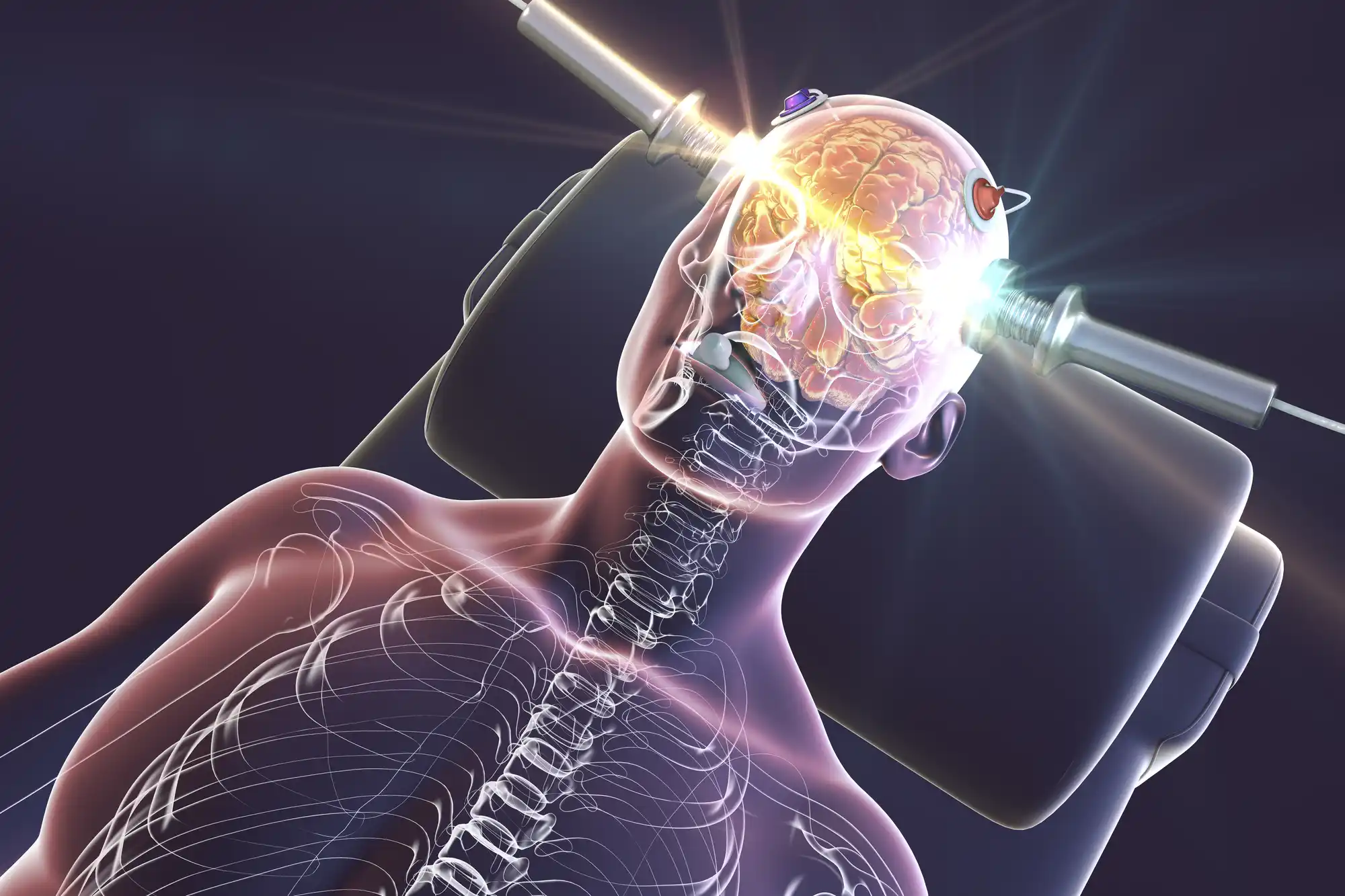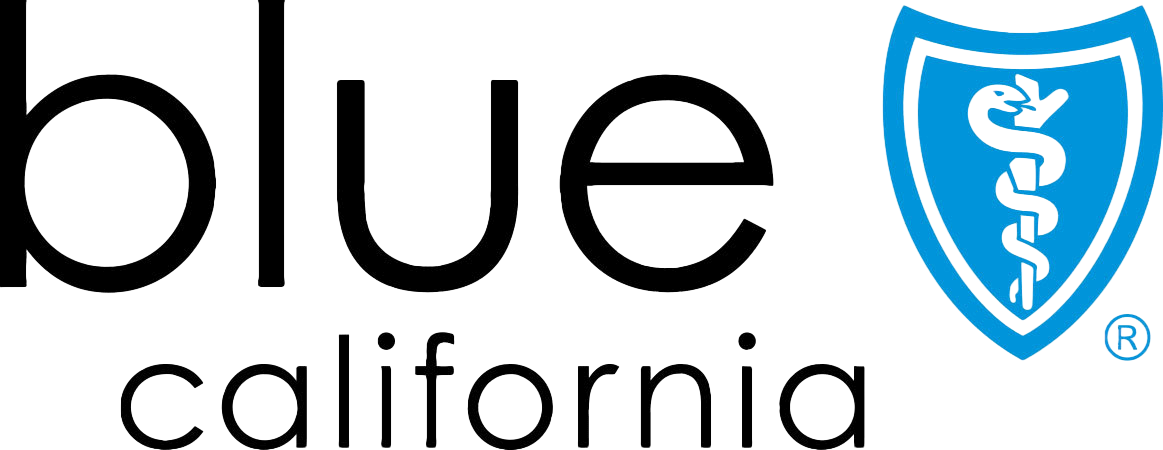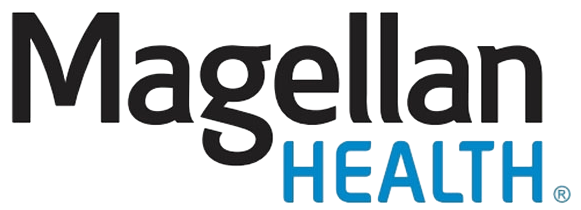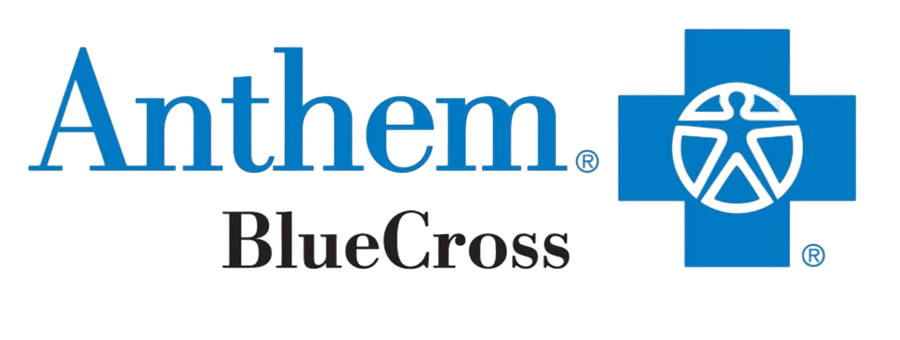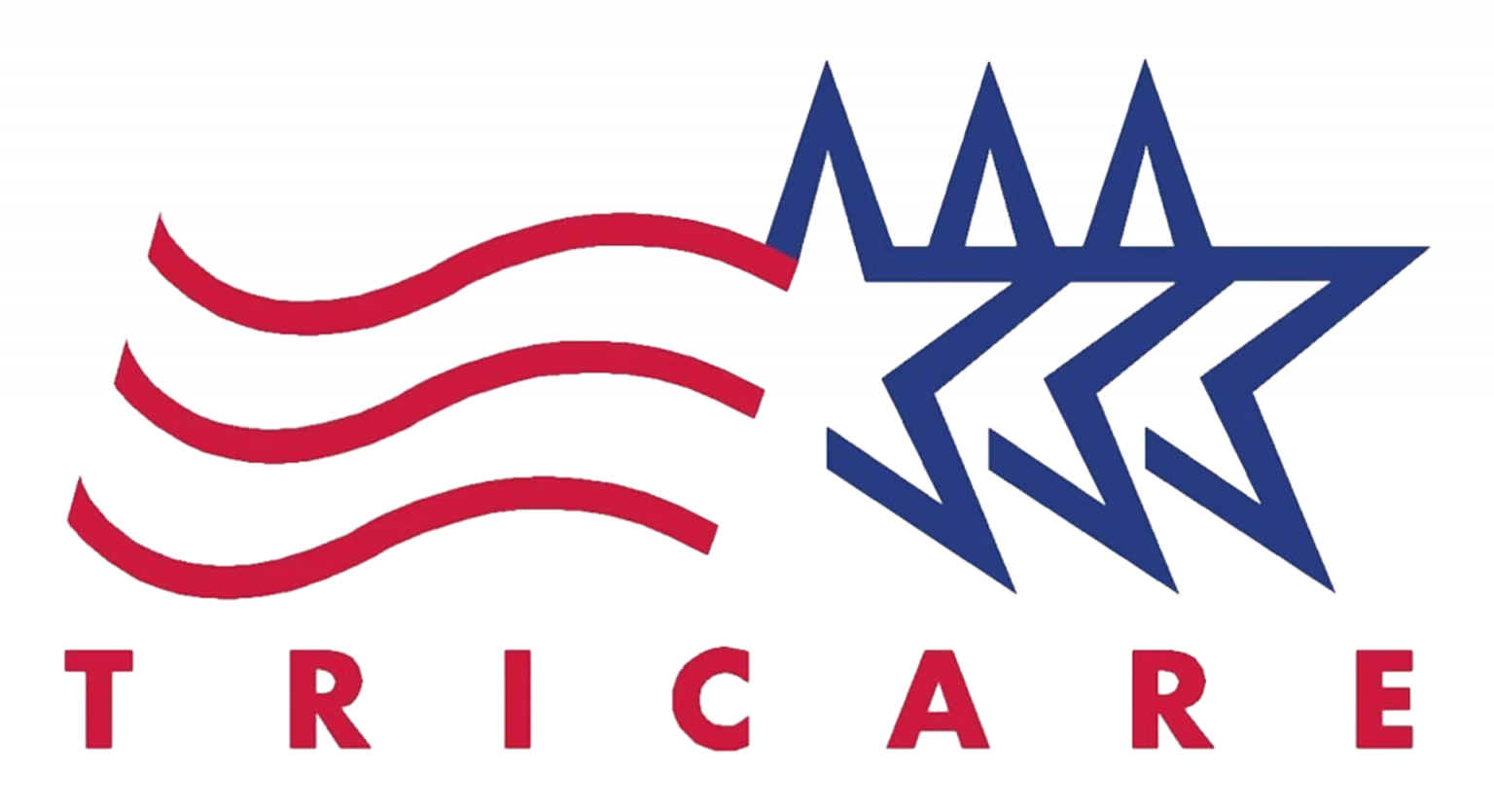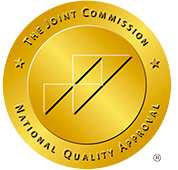Depression remains a critical challenge in mental health, with traditional treatments often falling short for many individuals. The quest for more effective therapies is driven by the high rates of patients who do not respond to existing antidepressants, which can take weeks to show effects and often come with significant side effects. This gap highlights the urgent need for alternative treatments that can offer quicker, more effective relief. Ketamine for depression presents a promising solution, addressing these gaps with its unique therapeutic properties.
Ketamine therapy has emerged as a revolutionary treatment in the battle against depression, particularly for those who have not benefited from traditional medications. Initially used as an anesthetic, ketamine has been repurposed for its rapid-acting antidepressant effects, which can be observed within hours of administration. Unlike conventional antidepressants that primarily target the serotonin system, ketamine therapy mechanism involves multiple pathways, including the glutamate system, offering a broader approach to managing the symptoms of depression.

Unique Mechanism of Action of Ketamine in Depression
How Ketamine Differs from Traditional Antidepressants
Ketamine’s approach to treating depression represents a significant departure from traditional antidepressants. While most common antidepressants focus on altering levels of neurotransmitters like serotonin and norepinephrine, ketamine mechanism of action targets the glutamate system, the brain’s most prevalent excitatory neurotransmitter. This action enhances the brain’s ability to undergo synaptic remodeling, which is crucial for improving mood and cognitive functions. The rapid impact of ketamine on this system explains its ability to alleviate depressive symptoms much faster than traditional medications.
Targeting the Glutamate System to Enhance Neuroplasticity
Ketamine’s interaction with the glutamate system initiates a cascade of changes in the brain that are believed to support its therapeutic effects. By blocking NMDA receptors, a type of glutamate receptor, ketamine induces a surge in glutamate release. This surge leads to increased expression of growth factors like BDNF (Brain-Derived Neurotrophic Factor), which are vital for neuroplasticity—the brain’s ability to form and reorganize synaptic connections in response to learning and experience. This enhancement of neuroplasticity is key to ketamine’s effectiveness in treating depression, especially in those who have not responded to other treatments.
Rapid Synaptic Growth and Improved Neural Connectivity
Following ketamine administration, there is a rapid increase in synaptic connectivity in regions of the brain implicated in mood regulation. This growth happens within hours, explaining why patients often report an immediate improvement in their symptoms. The increase in synaptic connections potentially reverses the neural connection deficits commonly observed in people with depression. These changes are crucial for long-term improvements in mood and behavior, making ketamine infusion therapy a powerful option for rapid and sustained recovery.
Modulation of Mood-Regulating Circuits
Ketamine brain effects extend beyond enhancing neuroplasticity and involve direct modulation of mood-regulating circuits within the brain. This modulation involves changes in the functionality and communication patterns of these circuits, leading to improved regulation of mood and emotional responses. The ability of ketamine to quickly modulate these circuits is a significant advantage over traditional antidepressants, which may alter mood but often take much longer to effect changes in brain circuitry.
The Effects of Ketamine on the Brain
Ketamine’s Impact on Neuroplasticity and Synapse Formation
Ketamine’s profound impact on the brain is most evident in its ability to rapidly enhance neuroplasticity and synapse formation. Unlike traditional antidepressants that typically take weeks to show effects, ketamine therapy benefits include immediate improvements in the brain’s structural plasticity. As said before, this is primarily due to ketamine’s unique influence on glutamate transmission, which directly stimulates the growth of new synaptic connections. The accelerated synapse formation is crucial for patients with depression, as it facilitates the rapid reconfiguration of brain networks associated with mood regulation and cognitive functions. This restructuring not only aids in the alleviation of depressive symptoms but also contributes to lasting improvements in mental health.
Alleviation of Depression Symptoms Through Mood Modulation
Ketamine’s ability to modulate mood is another key aspect of its therapeutic profile. It directly impacts the limbic system, a group of interconnected structures in the brain that are involved in emotional processing. By enhancing synaptic connectivity and function within the limbic system, ketamine can quickly stabilize mood swings and elevate overall mood. This rapid mood modulation is essential for patients experiencing severe depression, as it provides immediate relief from profound emotional distress, a critical factor in the overall treatment and recovery process.
Addressing Suicidal Ideation and Severe Depression
Ketamine has also been recognized for its potential to rapidly reduce suicidal ideation in patients with severe depression. This capability is especially important in acute psychiatric settings where the risk of suicide is high. Ketamine’s fast-acting effects can quickly diminish thoughts of self-harm and provide a window of opportunity for more comprehensive therapeutic interventions. This immediate intervention can be life-saving, offering relief in emergency situations where traditional medications would take too long to become effective.
Ketamine Therapy Process and Administration
Methods of Administration: Intravenous Infusion and Others
Ketamine therapy offers several administration methods, each tailored to meet different clinical needs and patient preferences. These methods ensure that ketamine’s powerful antidepressant effects are delivered in a controlled and effective manner, maximizing therapeutic outcomes while maintaining safety.
- Intravenous (IV) Infusion: This is the most common method for administering ketamine in a clinical setting, particularly for treating depression. IV infusion allows for ketamine to be introduced directly into the bloodstream, ensuring rapid onset of action and precise control over dosing, which is critical for managing and observing the drug’s effects during therapy sessions.
- Intramuscular Injections: Ketamine can also be administered through intramuscular injections, which provide a slightly slower onset of action compared to IV infusion but still offer rapid antidepressant benefits. This method is useful in settings where IV access may be challenging or when quicker setup and administration are required.
- Nasal Spray: The nasal spray form of ketamine, known as esketamine, provides a more accessible option for patients. It can be used outside the traditional clinical setting under medical supervision, offering convenience without compromising on the efficacy of the treatment.
- Oral Lozenges: Though less common, oral lozenges containing ketamine are sometimes used as a supplementary treatment, especially in managing symptoms between sessions or as part of a step-down process in ongoing maintenance therapy.
- Sublingual Tablets: Sublingual tablets are another alternative that provides ketamine through the mucosal membranes under the tongue, allowing for quick absorption into the bloodstream. This method balances ease of administration with effective dosing, suitable for patients who prefer not to undergo injections or infusions.
The choice of administration method depends on various factors, including the patient’s medical history, the severity of symptoms, and specific treatment goals. Each method requires careful consideration and professional oversight to ensure it aligns with the overall treatment strategy and patient safety requirements.
Typical Duration and Frequency of Treatment Sessions
The ketamine treatment process typically involves a series of sessions that are tailored to each patient’s specific needs. For most patients, an initial phase of multiple treatments in close succession, such as once or twice a week for two to three weeks, is common. Each session usually lasts between 40 minutes to an hour, during which ketamine is administered slowly to monitor its effects and minimize side effects. After the initial phase, patients may enter a maintenance phase with less frequent sessions, scheduled based on the patient’s long-term response to the treatment.
Monitoring and Adjustment During Treatment
Continuous monitoring during ketamine infusion therapy sessions is crucial to ensure patient safety and optimize the treatment outcomes. Healthcare providers closely observe the patient’s vital signs, mental status, and overall response to the medication throughout each session. This monitoring allows for immediate adjustments in dosage or administration method if any adverse effects occur or if the patient’s response to treatment changes. The ability to adjust treatment in real-time is one of the key advantages of ketamine therapy, allowing for highly personalized care tailored to the individual’s specific condition and needs.
Importance of a Controlled Clinical Setting
Administering ketamine for depression requires a controlled clinical setting to manage the precise dosing and monitoring necessary for safe and effective treatment. These settings are equipped with specialized medical equipment and trained healthcare professionals who can address any complications that might arise during therapy. The controlled environment ensures that the treatment adheres to the highest standards of medical care, with stringent protocols to protect patient welfare. This clinical setting is essential not only for administering the treatment safely but also for providing the comprehensive support that patients need during their recovery journey.

Benefits of Ketamine Therapy for Depression
Ketamine therapy is not limited to treating depression; its unique pharmacological profile makes it a viable option for a spectrum of mood disorders. The drug’s multifaceted mechanism of action, which includes rapid enhancement of neuroplasticity and broad neurotransmitter engagement, positions it as a versatile treatment in psychiatry.
- Bipolar Disorder: Ketamine shows potential in managing bipolar disorder, particularly in the rapid treatment of depressive episodes that do not respond to typical mood stabilizers. Its quick action can be crucial for interrupting acute manic episodes, providing relief faster than many standard medications.
- Anxiety Disorders: For patients suffering from severe anxiety that impairs daily functioning, ketamine can offer rapid relief. Its ability to modulate neurotransmitter activity helps to calm excessive neural firing that contributes to anxiety, providing a stabilizing effect on mood.
- PTSD: Post-traumatic stress disorder (PTSD) can be particularly challenging to treat with traditional therapy and medications. Ketamine’s ability to help rewire thought patterns and reactions to fear-inducing stimuli makes it a promising option for treating PTSD, potentially reducing symptoms more quickly than conventional treatments.
- Obsessive-Compulsive Disorder (OCD): In cases of OCD, ketamine may help to break the cycle of repetitive thoughts and behaviors by enhancing synaptic connectivity in the brain. This can help patients overcome the barriers erected by entrenched neural pathways, offering a new avenue for relief.
- Treatment-Resistant Depression: While already noted for its efficacy in depression, ketamine is particularly valuable for treatment-resistant cases. It provides hope for those who have not found success with other antidepressants, making it a critical component of a comprehensive treatment plan for persistent depressive disorders.
This expansion of ketamine’s application beyond depression into other mood disorders underscores its significant potential as a transformative psychiatric treatment. By targeting a wide array of symptoms and disorders with its rapid and robust effects, ketamine therapy could revolutionize the approach to mental health treatment, offering new hope and opportunities for recovery to those affected by these challenging conditions.
Advantages Over Traditional Antidepressants
Ketamine offers several advantages over traditional antidepressants, particularly in terms of side effects and the mechanism of action. While standard treatments often come with a host of potential side effects—ranging from gastrointestinal disturbances to sexual dysfunction—ketamine is generally well-tolerated, with transient and manageable side effects. Additionally, the ketamine mechanism of action is distinct in that it does not solely rely on the modulation of serotonin but rather enhances neuronal connectivity and plasticity, leading to more robust and sustained improvements in mental health.
Safety Considerations and Side Effects of Ketamine Therapy
Common Side Effects of Ketamine Infusion Therapy
While ketamine therapy is celebrated for its rapid and effective treatment of depression, it is not without its side effects. Patients undergoing ketamine infusion therapy might experience a range of side effects, typically transient and manageable. These can include dissociative sensations, where individuals feel detached from their bodies or surroundings, a common reaction during the infusion. Other possible effects are nausea, dizziness, and slight elevation in blood pressure. These symptoms generally resolve shortly after the session ends and are carefully monitored by medical professionals throughout the treatment process.
Managing Side Effects in a Clinical Setting
The controlled clinical setting in which ketamine is administered is crucial for managing any side effects that arise during treatment. Clinics are equipped with the necessary tools and staff to respond swiftly to any adverse reactions. The medical team can adjust the dosage and administration rate in real time, based on the patient’s response, to minimize discomfort. Moreover, pre-treatment assessments can help identify patients who might be at higher risk of severe reactions, allowing for personalized adjustments to treatment plans that prioritize safety and comfort.
Before initiating ketamine therapy, thorough patient screening is essential to ensure that it is a suitable treatment option. This screening includes detailed medical history, psychological evaluation, and a review of medications to avoid potential drug interactions. Continuous monitoring during the therapy sessions is also vital. Clinicians observe the patient’s vital signs, mental status, and overall response to the drug, adjusting the treatment protocol as necessary to ensure the highest safety standards are maintained.

Concerning long-term safety, ongoing research continues to evaluate the effects of repeated ketamine use. While the current data is promising, indicating that ketamine is safe when used under medical supervision for the treatment of depression, there is a commitment within the medical community to ongoing observation and study. Researchers aim to understand the broader implications of long-term treatment, particularly looking at potential neurocognitive effects and the risk of dependency. These studies are critical as they help refine treatment protocols and ensure that ketamine remains a safe and effective option for those with severe depression.


